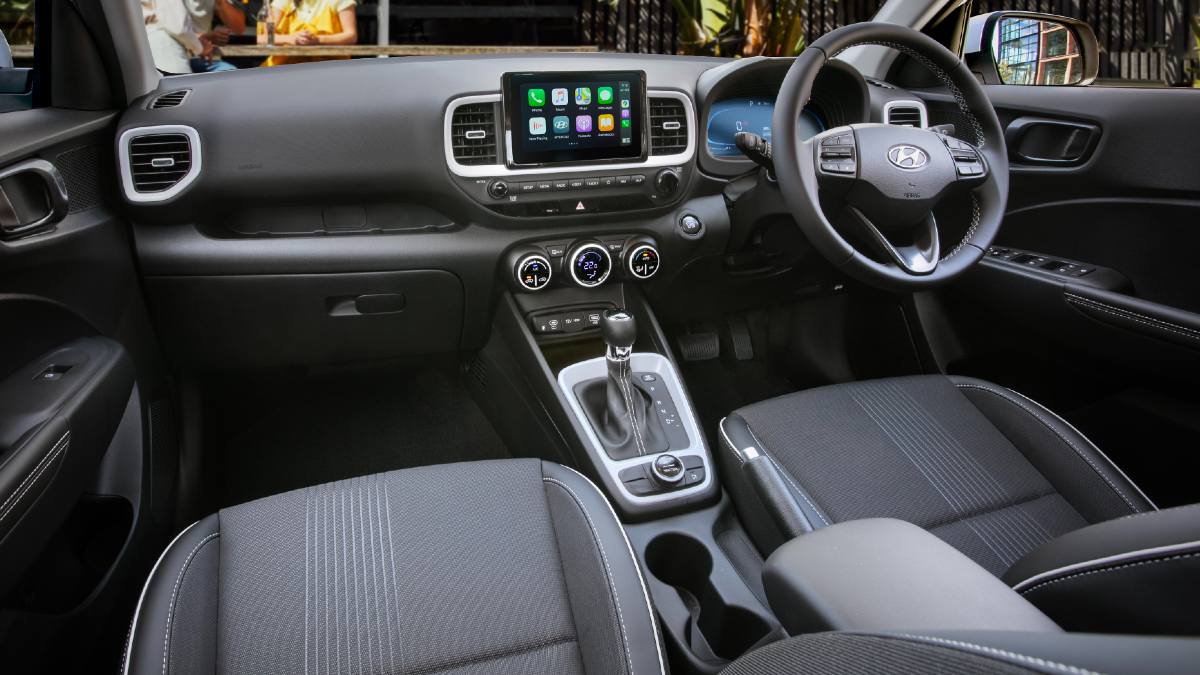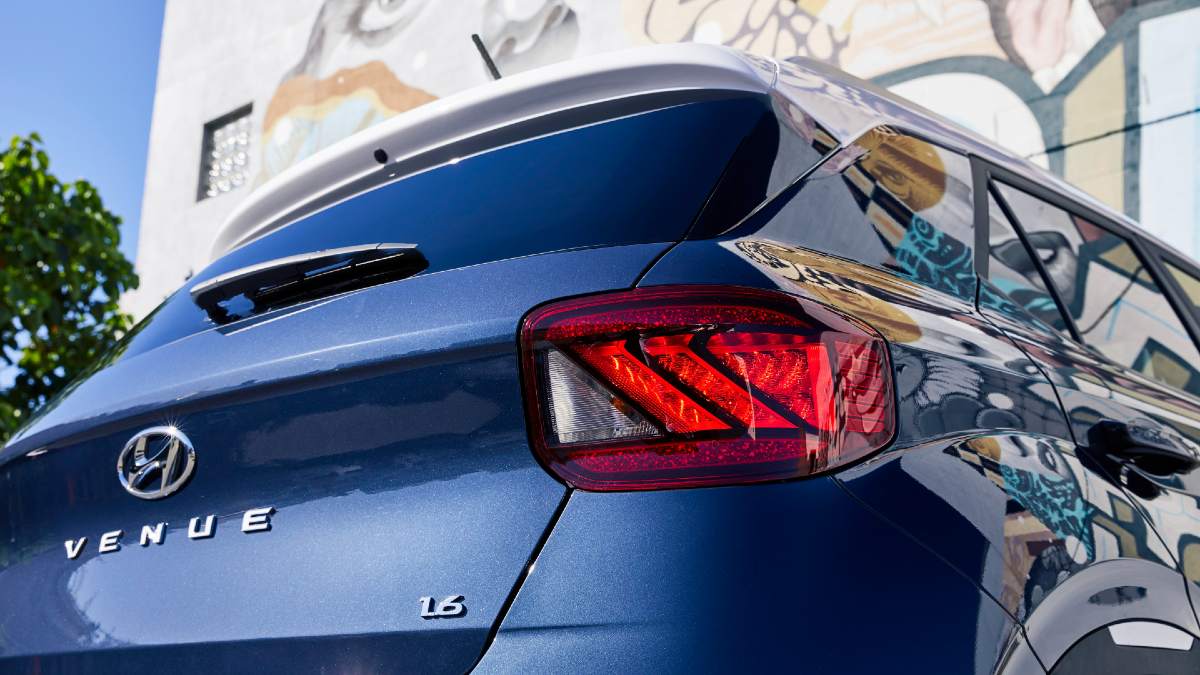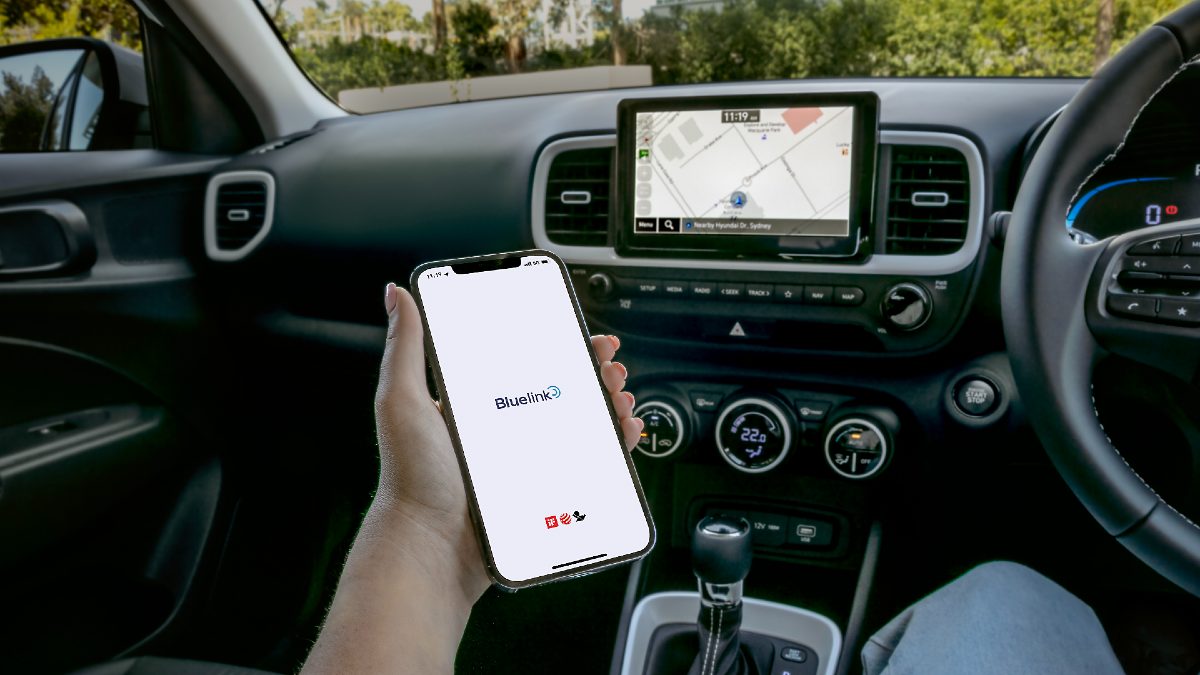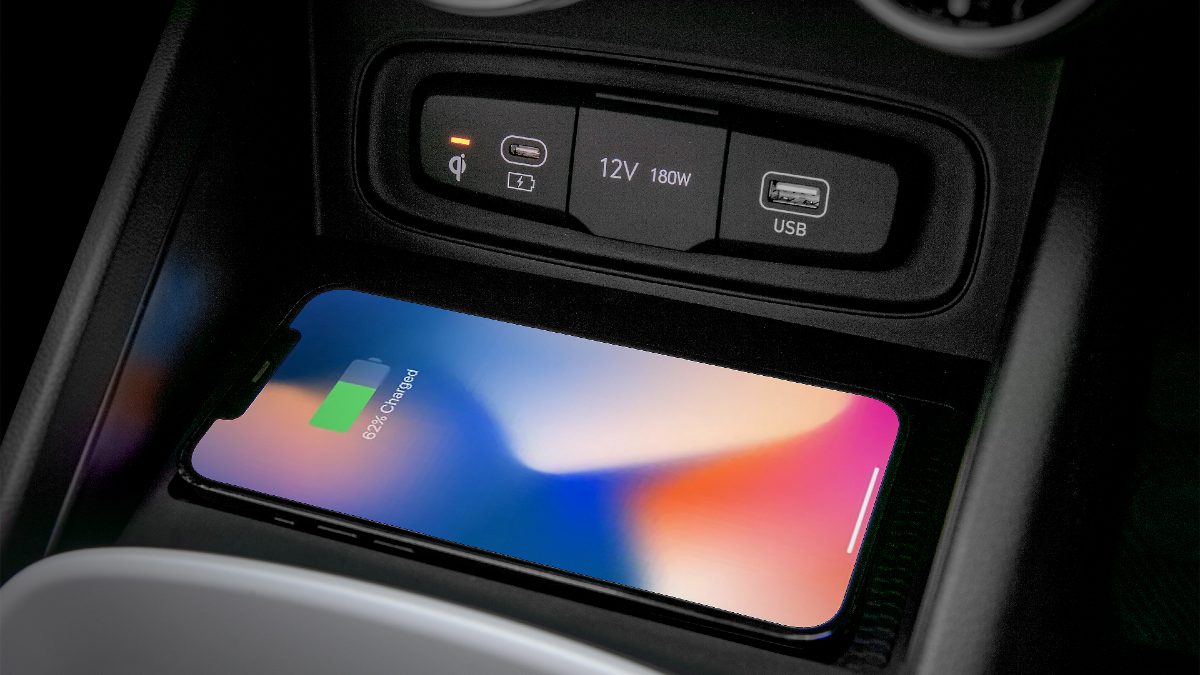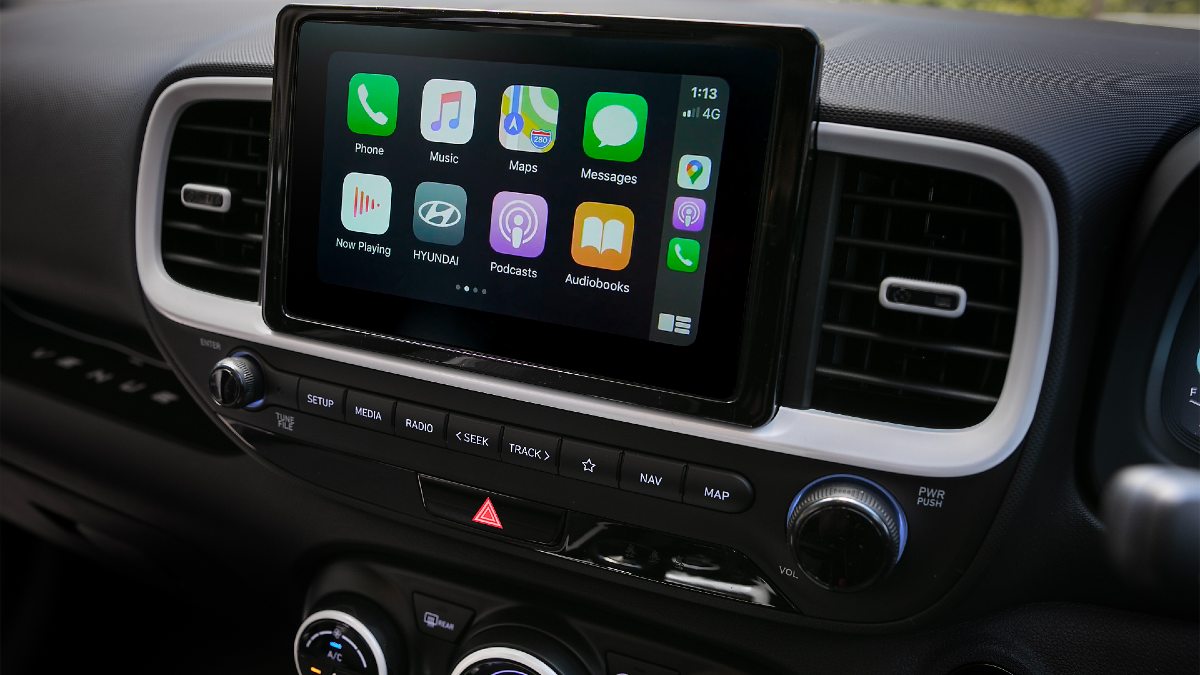The Foton Tunland joins Australia's dual-cab ute market as an affordable mild-hybrid diesel under $50,000, offering strong capability against tough competition.
2024 Hyundai Venue Elite review

The Hyundai Venue is one of Australia’s cheapest new cars and SUVs, and that brings with it some compromises you’ll have to live with. From interior to driving experiences, here's how the Hyundai Venue shapes up.
First launched in Australia in 2019, the Hyundai Venue has been regularly updated through the years so that it remains a well-equipped compact SUV with attractive pricing. These days there are three Hyundai Venue variants all powering the front wheels via a 1.6-litre four-cylinder petrol engine. Equipment is what defines the variants, with the Elite flagship we’re testing here the highest-priced and best-equipped. Being so small – just over 4.0 metres long – the Hyundai Venue is not a family car or a great interstate cruiser, instead its small size and nippy handling make it better suited to urban challenges.
There are still affordable small cars out there in dealerships if you go hunting and one of them is the Hyundai Venue compact SUV. Just 4.0 metres long, this tiny box on wheels is all about urban commuting rather than interstate cruising. There are three models in the range all powered by a 1.6-litre petrol four-cylinder that drives the front wheels. Variants are defined by equipment level, with the Elite we’re testing here as the flagship. No, it doesn’t feel luxurious, but there is a decent level of kit. The driving experience? Well, let’s just call it variable.
On this page
How much does a Hyundai Venue cost?
The Hyundai Venue is the cheapest car the Korean auto giant sells in Australia. There are three 1.6-litre petrol four-cylinder five-door five-seat compact SUVs in the range and here we’re testing the $29,250 (plus on-road costs) Elite flagship.
But further down the range you’ll find pricing as low as $22,500 for the cheapest Venue, which is now the only model to come with a manual gearbox. The intermediate Active specification is priced from $25,290.
Exclusive Elite gear includes a smart key with push button start, single-zone climate control, satellite-navigation, digital radio, a cloth seat trim with vinyl-ish bolsters, one-touch up/down driver’s power window and Hyundai’s Bluelink connected car service.
Equipment shared with lesser Venues includes cruise control, a six-speaker audio, AM/FM radio, leather trim for the steering wheel and gear knob, an 8.0-inch infotainment touchscreen that supports Apple CarPlay and Android Auto connection that’s wired in Elite and wireless in the rest of the range, Bluetooth and a wireless charging pad.
The Hyundai Venue comes protected by a five-year/unlimited km warranty and is serviced every 12 months/15,000km. A capped priced servicing program is available.

The Venue is Hyundai's cheapest car sold in Australia.
Hyundai Venue exterior design
The very definition of a box on wheels, the 2024 Hyundai Venue Elite measures up at just 4040mm long, 1770mm wide and 1592mm tall. That makes it appreciably shorter, a tad wider and about the same height as one it most its logical rivals the Toyota Yaris Cross.
Exterior features that define the Venue Elite include its panoramic sunroof, painted front and rear bumper inserts, chequerboard grille with chrome inserts, painted side garnishes and wheel arch inserts.
It’s also the only Hyundai Venue that can be had with a no-cost two-tone exterior colour scheme.
The Elite shares its 17-inch alloy wheel design with the Active and all three Venues can be had in metallic colours worth $595 each. Only Atlas white doesn’t cost extra.

The Hyundai Venue Elite features a panoramic sunroof.
What is the Hyundai Venue like inside?
The 2024 Hyundai Venue Elite is the dressiest of the three Venue models inside, but it’s still pretty basic.
The standard interior trim pack that includes white inserts for the air-con dials and vent surrounds and the transmission is a different and pleasing look compared to the usual matte silver or piano black. It’s complemented by white stripes in the seats that look quite fetching. But the vast bulk of surfaces in the Venue Elite are dark, scratchy and hard to the touch.
Pleasingly, the Hyundai Venue has plentiful (manual) seat adjustment, and the steering wheel adjusts through both reach and rake.
The Hyundai Venue also comes with hard buttons to control the audio and air-con and places – including that unexpected wireless charging pad – to store items. The door bins and glovebox offer reasonable space and it’s a bonus a centre lidded bin is in situ.
It’s the passengers in the back seat of the Venue who draw the shorter straw. It’s fine for young kids back there, but not taller people beyond 160cm. Then, if the driver is 180cm or so you’ll have to splay your legs either side of the seat.
There are no air-con vents in the rear of the Venue, no fold down armrest and only one map pocket. There are two tiny cup holders in the doors and two USB-C ports in the console.
The Hyundai Venue's boot is more generous than you might at first think given its 355-litre size. That’s because there’s plenty of room under the floor where you’ll find a space saver spare tyre.
The hard cover for the luggage area is appreciated. It’s a place for rear-seat passengers to store items and also keeps the contents of the boot hidden from prying eyes to prevent car theft.
Is the Hyundai Venue good to drive?
The 2024 Hyundai Venue Elite is not a fabulous drive. The key issue is the way the small naturally aspirated 1.6-litre petrol engine mates with the six-speed automatic transmission.
On even gradual inclines, the Hyundai Venue's transmission starts hunting for engine power and torque that simply doesn’t exist. It changes down and up early, and it changes often, whether you’ve set the drive mode to Eco, Normal or Sport. The only way to deal with it is to select gears manually via the lever, which calms down the Venue's driving experience. Hyundai checked our test car after its return and said the there were no issues with the transmission, so this is normal behaviour.
The upside of the powertrain is the Hyundai Venue's fuel economy. While the SUV's engine works hard, it is only hauling a 1225kg kerb weight. Average fuel consumption during our test of more than 600km across varied driving conditions come out under the claimed 7.2L/100km average, at 6.6L/100km. The Hyundai Venue Elite achieved that number on the cheapest 91 RON fuel as well.
The rest of the Venue's driving package is as you’d expect for a compact SUV with a short wheelbase and a simple suspension system.
Locally tuned, the Hyundai Venue's suspension doesn’t exactly kill off inputs from the road – more takes a bit of edge off them. There’s also noticeable road and engine noise transmitted as well.
But the electric-assist steering is light and direct, and considering the vehicle’s small size, makes for great for urban work.
Even mid-corner bumps that clearly affected the Venue's suspension didn’t induce steering kickback. As for front-wheel drive torque steer where the steering wheel tugs under acceleration, there wasn’t enough of it produced by the engine to suffer from that.
It really did pose the question why this SUV has a sport mode, why it had snow, mud and sand modes. The last place to take this the Venue needs to be driven is off-road.

The Hyundai Venue Elite is not a fabulous drive, but has great fuel economy.
What safety features does the Hyundai Venue have?
The Hyundai Venue comes with a four-star ANCAP rating based on 2019 protocols.
It scored well for adult occupant protection and child occupant protection but was downgraded for less impressive vulnerable road user protection and safety assistants. That ensured the Venue missed out on the maximum five stars.
The Elite is the best equipped Venue when it comes to safety. It alone includes blind spot warning, rear cross traffic warning, an electrochromatic rear view mirror and the aforementioned Bluelink, which brings with it automatic collision notification and SOS emergency call as well as some convenience features including voice control.
Safety equipment shared with other Hyundai Venues includes six airbags, a reversing camera, autonomous emergency braking with pedestrian detection, lane keeping assist and reverse parking sensors (but no Venue gets front sensors).
The Hyundai Venue also gets high beam assist for the ordinary projector beam headlights, tyre pressure monitoring, not-always-accurate traffic sign recognition, three child seat top tethers and two ISOFIX mounts.

The Hyundai Venue Elite has an SOS emergency call button.
How does the Hyundai Venue compare?
As one of the cheapest vehicles now sold in Australia, the Hyundai Venue has a small but sharply-priced group of competitors.
We’ll start with SUVs: Kia Stonic, Mazda CX-3, Nissan Juke, Suzuki Ignis and GWM Haval Jolion all start under $30,000.
Among passenger cars the Kia Picanto hatch starts below $20,000, while the Mazda2 sedan and hatch, MG3 hatch, Suzuki Swift hatch, Toyota Yaris hatch, Volkswagen Polo hatch, Hyundai i30 sedan, Kia Cerato sedan and hatch, MG5 hatch, and Toyota Corolla hatch all start below $30,000.
The Yaris Cross mentioned earlier is nowadays only available as a hybrid and starts at just over $30,000.
More: 2024 MG3 Hybrid vs Suzuki Swift Hybrid specs comparison
Should I buy a Hyundai Venue Elite?
The Hyundai Venue Elite is a frustratingly uneven SUV to test.
The Venue's pricing and equipment list are impressive. The treatment of front seat passengers is decent for the money required to purchase the car.
On the other hand, that vastly annoying gear hunting overshadows the rest of what is an otherwise competent driving experience. And the poor way rear seat passengers are looked after is the other primary disappointment with the Venue.
But used as intended as an urban runabout, the Hyundai Venue is a vehicle offering pricing and running costs that definitely bring it back under consideration.
The information provided is general advice only. Before making any decisions please consider your own circumstances and the Product Disclosure Statement and Target Market Determinations. For copies, visit racv.com.au. As distributor, RACV Insurance Services Pty Ltd AFS Licence No. 230039 receives commission for each policy sold or renewed. Product(s) issued by Insurance Manufacturers of Australia Pty Ltd ABN 93 004 208 084 AFS Licence No. 227678.
